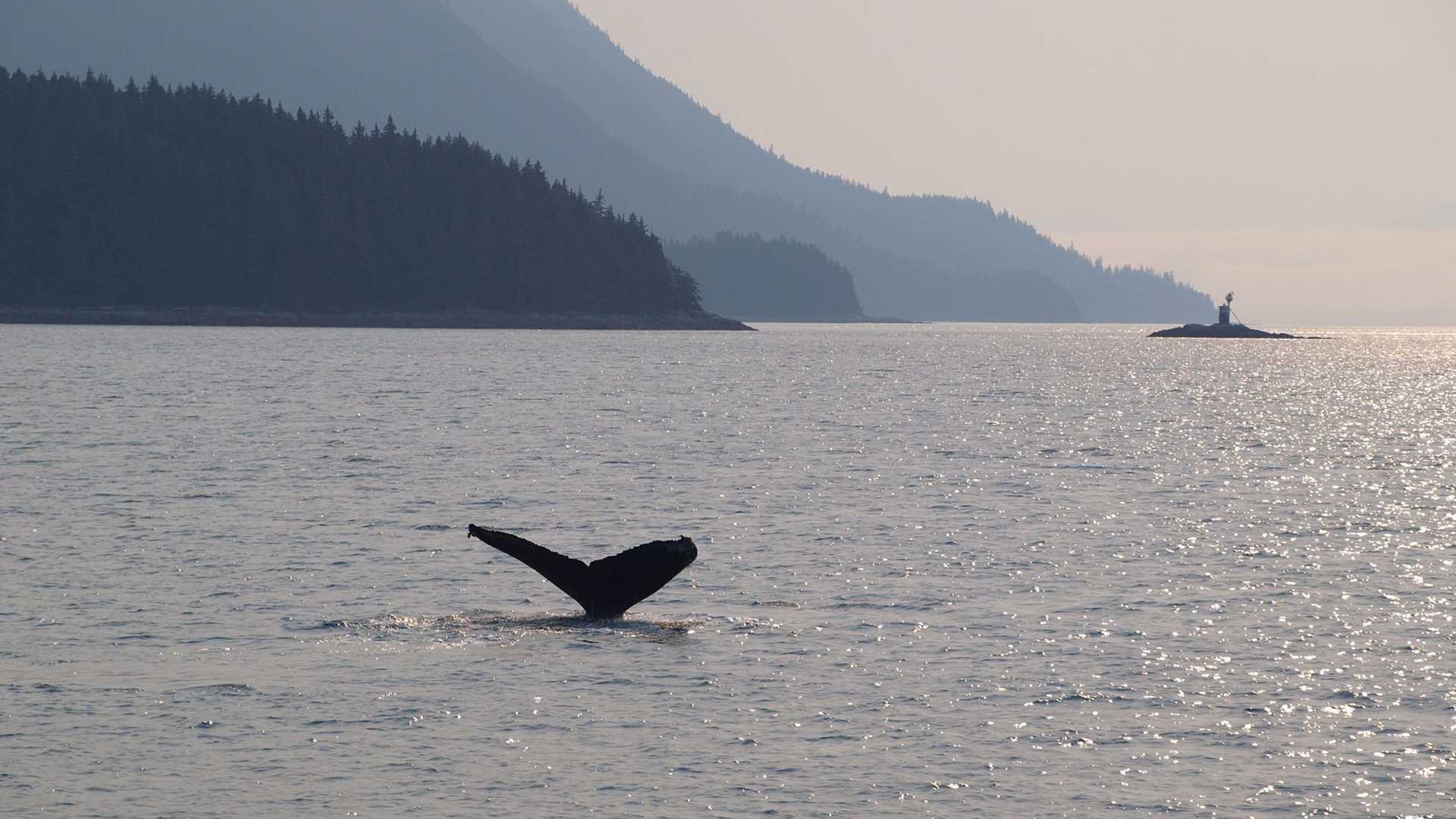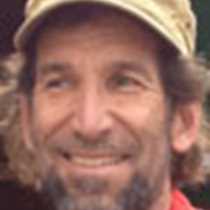Last night we departed Sitka shortly after embarkation and the mandatory boat safety drill. We cruised out of the harbor under calm, overcast skies; good conditions for watching the wildlife and beautiful scenery of Southeast Alaska. A few Steller sea lions and a raft of ten or more Northern sea otters watched us cruise by on our way to Sergius Narrows – one of the small passages where the waters flush in and out from the inland waterways to the Pacific Ocean, and vessels can only pass easily during slack tides.
We woke up in Peril Strait to find several groups of feeding humpback whales. One group passed closely by the bow of the ship and included a mother and calf. They looked robust and healthy, good news in light of a population that has appeared to decline in previous years. A great way to start the day, and they seemed to enjoy their breakfast as much as we enjoyed ours. (Blueberry pancakes and fresh fruit!)
Later in the morning, we were introduced to the naturalist staff by expedition leader Doug Gould and we were oriented to the necessary details for operations in the upcoming week: how to safely hike in bear country, how to load and unload from the inflatable boats, and the procedures to kayak and paddleboard in calm, protected waters. Gemina Garland-Lewis started off the presentations with an introduction to expedition photography. It’s going to be a busy week with lots of opportunities for exploration and learning every day.
We jumped right into those activities soon after lunch. After anchoring in Pavlov Harbor, Chichagov Island, we were able to go for a variety of hikes along the beach, through the forest, and up to the lake and wildflower meadows beyond, while some also went kayaking in the harbor. The current name of the harbor and lake dates back to the mid-1800s and the Russian-American period, when it was used as a fur trading area, but before then the native Tlingit people had traditionally used this area for fishing and had a seasonal village nearby. However, brown bears really have the priority of use here, as there are strong salmon runs throughout the summer which brings them in to fish on the river. Most of the area around the harbor and lake are now part of Alaska’s state park system, and we were lucky to be here on the last day before visitation is closed for the summer due to bear activity. Although we didn’t see any bears, we did see a few tracks. We saw swans and ducks out on the lake, and many wildflowers in the surrounding wet meadows. We also saw evidence of beavers, including lodges and fresh tree cutting. While the “soft gold” of sea otter pelts was the primary target of Russian fur traders, beaver was also an important commodity, and as populations in the lower 48 were trapped out, the trappers moved to Alaska and beavers were near extinction by the early 1900s. The numbers have been slowly recovering, but even now are well below the pre-trapping levels. Tonight we will move north around Chichagov Island and towards Icy Strait and Glacier Bay National Park.







